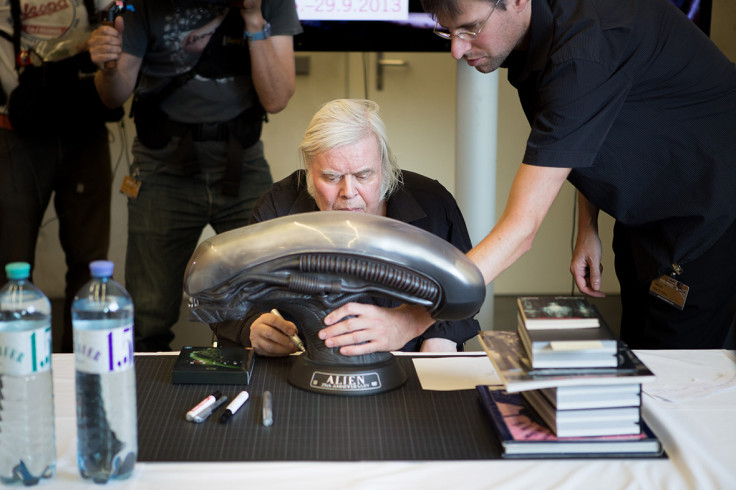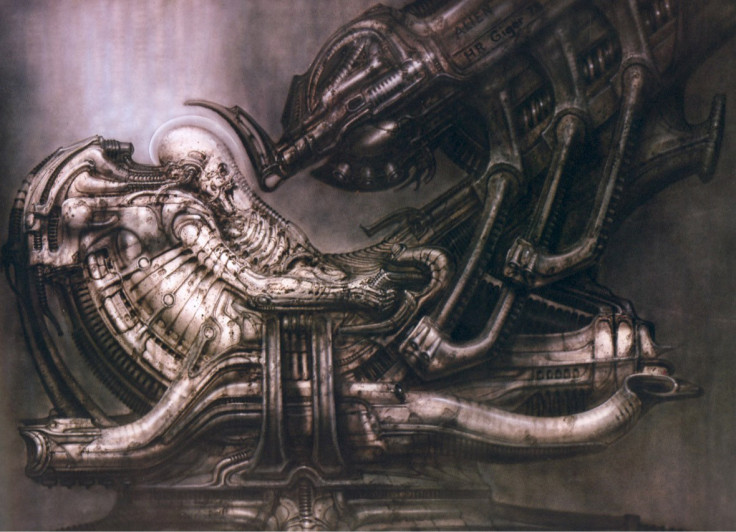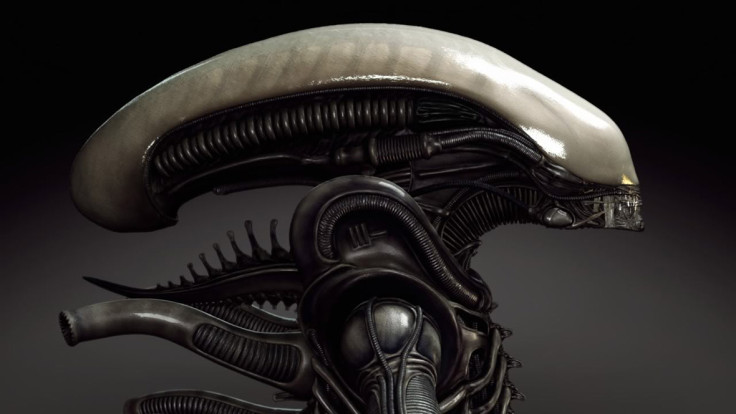HR Giger Dies: Quotes From the Surrealist Artist on Designing Alien

Surrealist artist HR Giger died this week, leaving behind a legacy of nightmares that made him a beloved figure of the horror, art and film communities.
Giger's works depicted a horrifying marriage of organic life and cold machinery which he called "biomechanical" and his most famous works carried with them an unsettling sexual undercurrent.
Speaking to Starlog magazine he explained how his distinctive style came about. "The whole thing really started in Salvador Dali's house. I have a friend in Spain who is often in Dali's house, and he brought some of my work to him.
"Dali always has a lot of people around - sometimes 30 or 40 persons. And he showed my books and catalogs all the time because he likes my things. Once Alexandro Jodorowsky came to Spain to ask Dali to play the Emperor in his film of Dune. So Dali showed him my work and Jodorowsky was impressed and thought I could do something for his film."
That version of Frank Herbet's science fiction epic Dune never saw the light of day, but it was in working on some designs that writer Dan O'Bannon took notice. At the time O'Bannon was writing a sci-fi horror film for Ridley Scott, and as work began O'Bannon brought Giger to the British director's attention.
Before long Giger's compendium of work Necronomicon acted as Scott's design bible while making iconic Alien, with the design of his star extra-terrestrial slaughterer lifted straight from Giger's Necronom IV.
Giger was brought on board to design far more than just the title character. Towards the start of Alien the crew of the USCSS Nostromo are drawn to a derelict alien ship where alien xenomorph eggs are found.
"Time was very short - time and money. Too short to make everything good. I'm a perfectionist. Peter Boysey built the derelict, and we worked very closely together. He was one who could understand my visual language. I am happy with the derelict."

Inside that ship they find the space jockey, a massive, mysterious alien pilot that remained a mysterious object of fan discussion for 33 years until Ridley Scott's Alien prequel Prometheus. "I modelled it myself, in clay. It was then cast in polyester.
"I worked particularly on the head, and I painted it. To make the pieces of skin, I put on some latex and then scrubbed it off. Then painted some more. If we had more days, we could have made it better - but I think for the film it's okay."
He would later be brought in by Scott to take a look at the work being done on Prometheus and contribute himself. As Scott tells Filmophilia: "I showed him what we were doing, showed him the story and he liked it a lot. So he's doing a little bit of work for me.
"He's been doing some murals, big murals, which we'll see in almost one of the first chambers we encounter when we land where we're gonna go."
Giger was unable to work on James Camerons' Alien sequel Aliens due to commitments to Poltergeist II but did return for David Fincher's Alien 3 in the 1990s. The experience wasn't quite as good as with Alien.
Assigned for only a month to redesign his original alien, Giger proposed a four-legged, almost feline design. "My new creature is more sensuous and seductive," he said in an interview. "It's not at all monstrous or ugly. The lips and chin on my new model are better proportioned and give the creature its more erotic appearance.

"When the mouth is closed it looks very voluptuous, beautiful. But when it opens its jaws the tongue inside the mouth is more like a spear... also very suggestive... which penetrates the head with greater velocity, snagging bits of brain. From Beauty to the Beast."
Giger was also a fan of the original idea to set the film on a wooden planet free of modern technology and inhabited with monks. "Vincent [Ward, the film's first director] came to Zurich," recalls Giger "and had these ideas for a wooden planet inhabited by medieval monks who manufactured glass, which I thought were pretty good, very different."
He also recalls a horrific-sounding scene. "One particular scene I liked took place at the end of Ward's script when the Alien would be seen to come out of Ripley's mouth."
Unfortunately this early draft would be scrapped, consigned to the history books.
Giger's input in the series beyond Alien was minimal, but his designs have been a constant throughout. If a sequel to Prometheus is to take place – as we have been led to believe – Giger's style will certainly be prevalent, such is his lasting legacy of terror.
HR Giger, thank you for the nightmares.
© Copyright IBTimes 2025. All rights reserved.






















